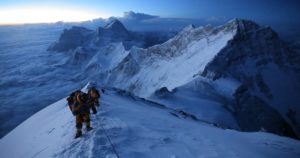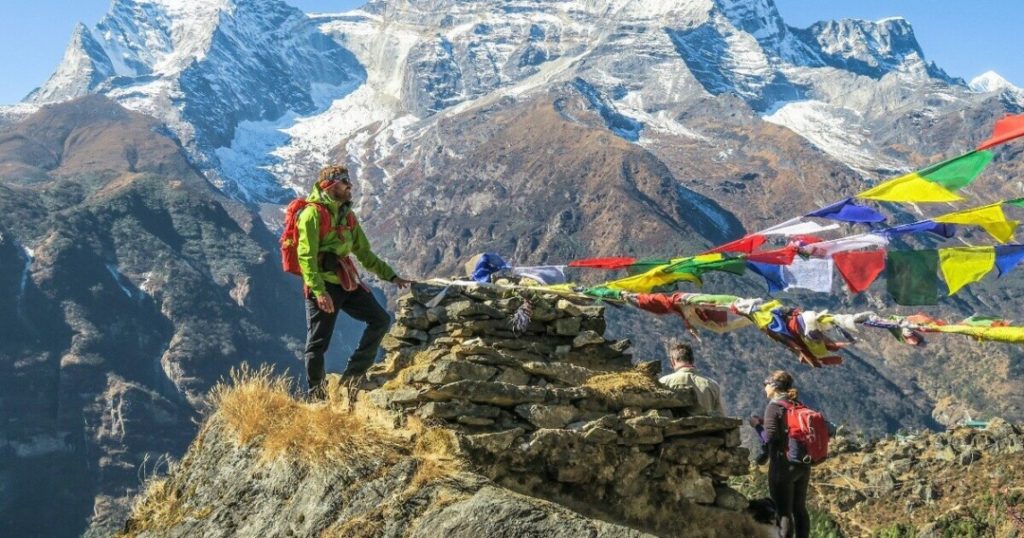
Kathmandu: Nepal, home to some of the world’s highest and most iconic peaks, has unveiled a new mountaineering policy that could reshape the climbing landscape of the Himalayas. In a major announcement, the government declared that climbing permits for 97 mountains will now be free of charge, while the fee for attempting Mount Everest—the ultimate prize for mountaineers—will see a steep hike.
Promoting Lesser-Known Peaks

The decision to waive fees for nearly a hundred mountains is aimed at drawing global attention away from the overcrowded slopes of Everest and toward Nepal’s vast network of lesser-known peaks. Most of these newly fee-free mountains rise above 6,000 meters, offering challenging climbs and breathtaking vistas for mountaineers seeking fresh experiences beyond the well-trodden routes. Officials hope this move will encourage adventurers to explore untouched regions and, in turn, bring economic benefits to remote Himalayan communities that remain off the mainstream tourist map.
Everest Fee Hike
In contrast, the government has raised the permit cost for climbing Mount Everest from USD 11,000 to USD 15,000 per foreign climber, effective from the spring 2025 climbing season. Authorities say the higher fee reflects the growing expenses of managing Everest expeditions, which include waste control, rescue operations, and ensuring climber safety at extreme altitudes. With record numbers of climbers crowding the mountain each year, Nepal faces increasing criticism over traffic bottlenecks, environmental degradation, and safety lapses on the world’s tallest peak.
Balancing Tourism and Sustainability
Tourism is a lifeline for Nepal, and mountaineering royalties are a key source of revenue. However, the government is now trying to strike a balance between economic gain and sustainable adventure tourism. By raising Everest’s fee while eliminating costs on smaller peaks, Nepal aims to both preserve the fragile ecosystem of Everest and distribute trekking and climbing activities across its wider Himalayan range.
Industry Response
Climbing communities and trekking operators have largely welcomed the policy shift. Many believe it could open up new opportunities for climbers seeking unique experiences away from Everest’s crowds. Adventure enthusiasts also see this as a chance to rediscover the diversity of Nepal’s mountains, from technical climbs to scenic trekking peaks.
With eight of the world’s 14 highest mountains, including Everest, Lhotse, Makalu, and Annapurna, Nepal has long been a magnet for climbers. This latest move may redefine how the world engages with the Himalayas—making Everest an even more exclusive goal, while unlocking the beauty of lesser-known giants.


